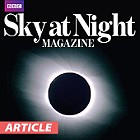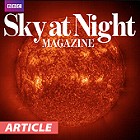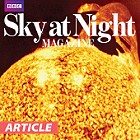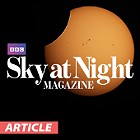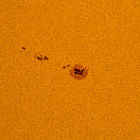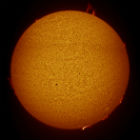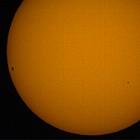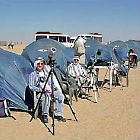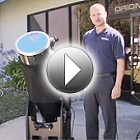When and where is the next solar eclipse?
On June 10, 2021, the next solar eclipse will be visible from Canada, Greenland, and Russia. The map below shows the path of this annular eclipse. To see eclipse, you'll need to be located somewhere along the path.
CAUTION: Never look at the Sun, either directly or through a telescope, without a professionally made protective solar filter installed that completely covers the front of the instrument, or permanent eye damage could result. This is an annular eclipse so there is no total phase.

Eclipse path across Canada, Greenland, and Russia, June 10, 2021. Image courtesy of Xavier M. Jubier (https://xjubier.free.fr/en/site_pages/solar_eclipses/ASE_2021_GoogleMapFull.html)
Learn more about eclipses and safely observing the Sun with these articles and videos! We'll help you discover how much fun it can be to explore our nearest star safely.
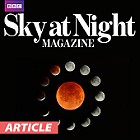
Back Garden Astronomy - Solar and Lunar Eclipses
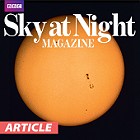
The Sun - A Guide to Safe Solar Imaging
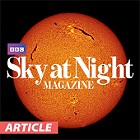
A Quick Guide to Observing the Sun
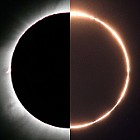
Greatest Show on Earth: The Solar Eclipse
 Stephen James O'Meara is an award-winning visual observer, whose writings, lectures, and numerous books on amateur astronomy have inspired observers across the globe to see the sky in new and wonderful ways. A contributing editor for Astronomy magazine, Stephen is an avid "eclipse chaser", having witnessed a dozen total solar eclipses dating back to 1959 (when he was 3 years old).
Stephen James O'Meara is an award-winning visual observer, whose writings, lectures, and numerous books on amateur astronomy have inspired observers across the globe to see the sky in new and wonderful ways. A contributing editor for Astronomy magazine, Stephen is an avid "eclipse chaser", having witnessed a dozen total solar eclipses dating back to 1959 (when he was 3 years old).
We are honored that Stephen has agreed to share his experiences and wisdom with us as a devoted eclipse chaser. Read the articles below and keep an eye on this space for more from Stephen!
A Nail-Biting Sprint to Totality
Over the past thirty years, I've made several successful eclipse chases — last-minute dashes to escape clouds threatening to obliterate the spectacle of the Moon obliterating the Sun — but none were as hectic and heart thumping as the one during the March 9, 2016 total solar eclipse.
My partner Deborah Carter and I began planning for that event a year in advance. The March 9th path of totality swept across parts of Indonesia and the Pacific Ocean. Read more
Totality and the Culture of Fear
Total solar eclipses belong to a rich and diverse cultural heritage steeped in myth and superstition. Even today, the sight can stimulate primitive receptors in our bodies to react when we see daylight suddenly turn dark and behold the preternatural glow of the solar corona surrounding the "black hole" of the New Moon. Read more
Watch Totality — But Only Totality — Without Eye Protection
When it comes to total solar eclipses, nothing can be more confusing than eye safety — because you need it for the partial phases but not for the total phase. Despite global efforts to build awareness as to when you should and shouldn't wear eye protection, the concept still isn't universally clear. So some people opt to use eye protection throughout totality for fear of damaging or losing their eyesight. But that defeats the purpose, because you cannot see totality using eye protection. Read more
An Eclipse Viewer's Checklist
A total solar eclipse is a symphony of light and shadow, and you are the conductor. Here's a list of items you may wish to have at the ready before the performance begins and why.
Safe solar filters (for direct viewing): If you intend to observe the partial phases of the eclipse, you will need specialized solar filters designed specifically to protect your eyes. Read more
A Timetable of Eclipse Events
A total solar eclipse is a symphony of light and shadow, and you are the conductor. While key events will occur on schedule, only you can orchestrate how and when to observe the phenomena accompanying them. The following timetable of events can help prepare you for what to expect and when to expect it, for maximum enjoyment. Read more
FOR THE ECLIPSE CHASER
Orion carries the products you need for safe solar viewing and imaging.
Solar Filters

Astrophotography Cameras

Camera Adapters
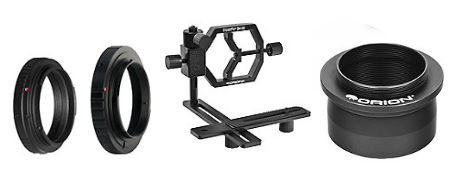
sales and new products.

 English USD
English USD
